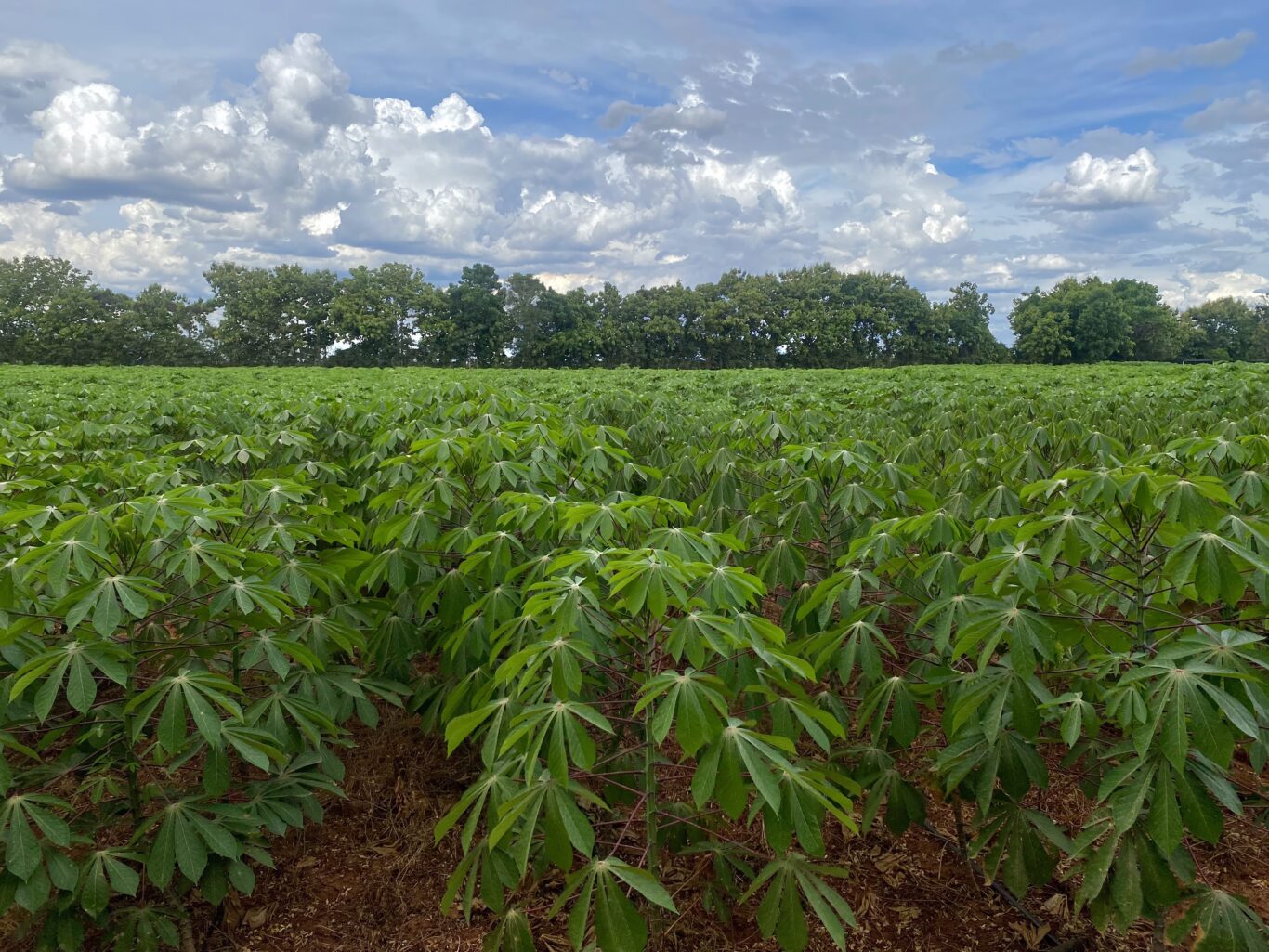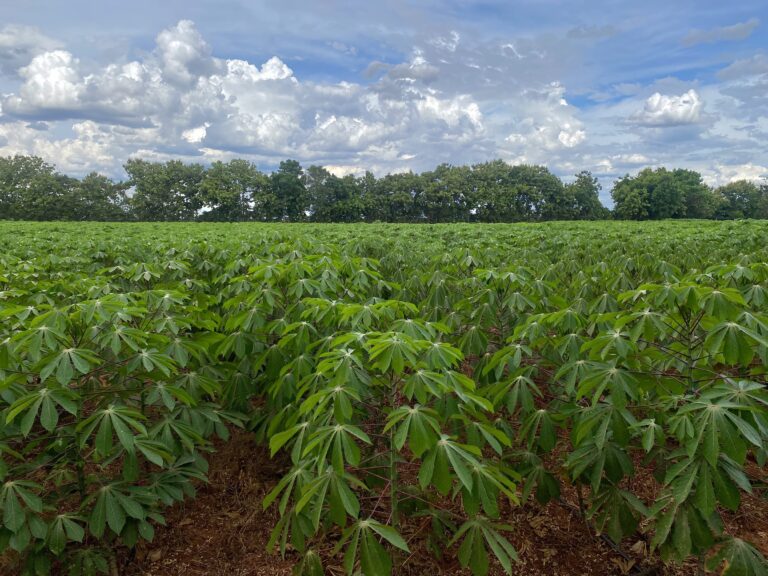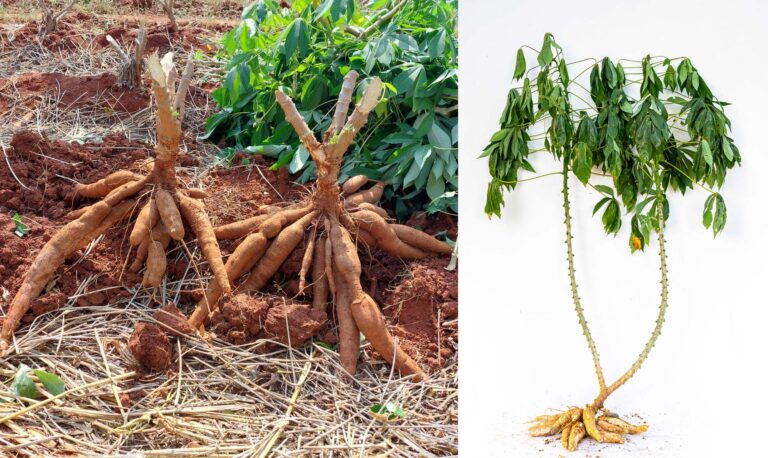

Appropriate soil conditions and the proper application of fertilizers play a significant role in enhancing the growth and yield of cassava. As a major economic crop in Thailand, cassava demonstrates adaptability to a wide range of upland soil types, including sandy soils and sandy loams, with the exception of saline (salt-affected) soils. It is also well-known for its high tolerance to drought. However, continuous cultivation without adequate soil amendment and nutrient replenishment can result in soil degradation, adversely affecting both crop growth and productivity.
The primary causes of soil deterioration is the repeated monoculture of cassava over consecutive years, often coupled with the prolonged application of chemical fertilizers without restorative measures. To sustain yield levels over the long term, it is imperative for farmers to adopt proper soil improvement practices, especially in fields subjected to prolonged cassava cultivation. Such practices may include the incorporation of organic fertilizers—such as compost derived from aged cassava peels readily available in local areas—or the implementation of crop rotation systems with leguminous species to enhance soil fertility.
In fields infested with cogon grass (Imperata cylindrica), initial weed suppression should be carried out using appropriate herbicides, such as glyphosate-based products (e.g., Roundup) or Starane for controlling vine-type weeds. Subsequently, the field should undergo primary plowing using a disc plow (Type 3) to a depth of approximately 20–30 centimeters, followed by a resting period of 20–30 days to allow weed residues to decompose and contribute to soil organic matter. Secondary plowing using a disc harrow should then be conducted 1–2 times, depending on field conditions. Cassava planting should proceed promptly while soil moisture is still adequate to support early root development.
In addition, farmers are strongly advised to collect soil samples from their cultivation plots for pH analysis. A frequently encountered issue is excessive soil acidity, with pH values ranging between 4.0 and 5.0, these are conditions that are suboptimal for cassava growth and nutrient uptake.
To correct this, it is recommended to apply liquid lime (calcium hydroxide solution) at a rate of 10 liters per rai (1 rai ≈ 1,600 square meters). Adjusting the soil pH to a favorable range of 6.5–7.0 improves root function and nutrient absorption efficiency. Under optimal soil conditions, cassava roots develop more rapidly, enabling early canopy closure, which in turn suppresses weed emergence and reduces the necessity for weed control operations. Given that weed management constitutes one of the highest production costs in cassava cultivation, effective pH correction and soil conditioning can significantly contribute to reduced production expenses and improved net farm income in a sustainable manner.


